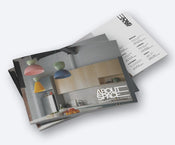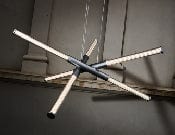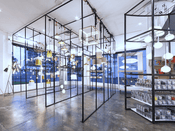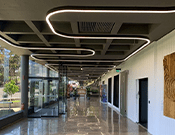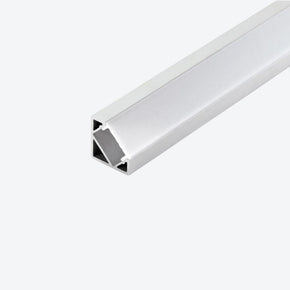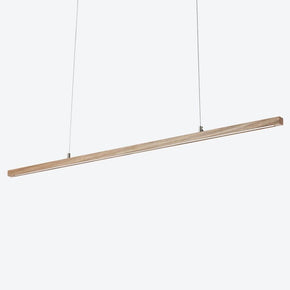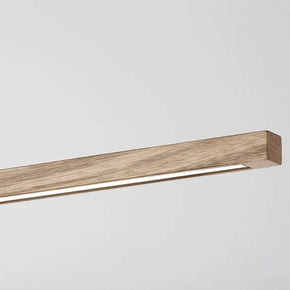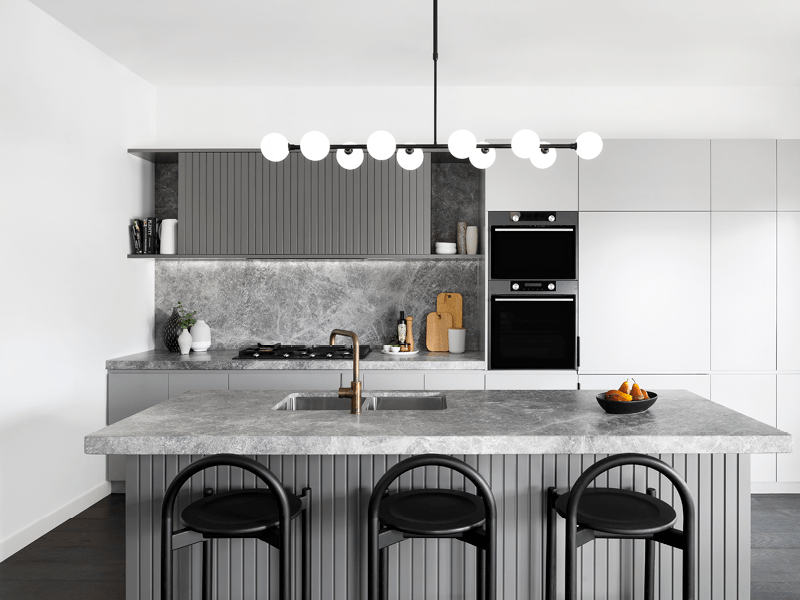- No products in the cart.
- ``
Lighting Glossary: 21 must-know lighting terms
09
Jun
Ever been on a project and wondered what a particular term or abbreviation meant? Wonder no longer, we’ve selected 21 must-know lighting terms that’ll make you sound like a lighting buff. Explore the glossary below which contains definitions of some of the most commonly used terms in the world of lighting and design:
Accent Lighting: Directional lighting to emphasize a particular object or draw attention to a display item.
Ambient Lighting: The general lighting present in an area–excluding task lighting and accent lighting but including general lighting and daylight streaming in.
Architectural Lighting Design: A field within architecture, interior design and electrical engineering that is concerned with the design of lighting systems, including natural light, electric light, or both, to serve a person's needs (the kind of person's activity for which lighting is to be provided)
Colour Rendering Index (CRI): An indicator of how accurately colours can be distinguished under different light sources. The colour rendering index (CRI) compares the ability of different lights to render colours accurately with the measurement of 100 considered to be excellent. A value of 80 and above is good and appropriate for most situations where people are present. Where colour identification is important, a value of 90 or above should be used (ex. artworks, food, produce).
Colour Temperature (Kelvin): A measure of colour temperature for lamps. Also known as colour appearance, the colour temperature is the colour of the light appears. It is measured in Kelvin (K), and ranges from 1800K (very warm, amber) to 6000K (cool). For general use these are: warm white (2700-3300K), daylight (3300-5300K) and cool (5300-6500K).
Commercial Lighting: Generally refers to the most lighting used for non-residential purposes.
Control Gear: A “package” of electrical or electronic components (driver, ballasts, transformers). High-frequency electronic control gear may include other components to allow dimming etc.
COB: Chip On Board were a single LED chip is mounted in light fitting. This important in changing reflector angles and distribution of light.
Diffuser: A translucent screen used to shield a light source and at the same time soften the light output and distribute evenly.
Efficacy (Luminous Efficacy): The ratio of light emitted by a lamp to the power consumed by it, lumens per Watt. When the control gear are included, it is expressed as lumens per Watt. The higher the efficacy the more efficient the product.
IC Rating: IC and IC-4 mean that the light can be covered with insulation, CA90 means that insulation can abut but not cover the fitting and non-IC means that insulation must be kept clear.
Intensity (Candela): Intensity is the amount of light radiated in a given direction, measured as Candela (cd). The higher the Candelas the more intense the light.
Light Emitting Diode (LED): An electronic component that directly converts electrical impulses into light. Some LED’s today incorporate different elements (Silicon, Germanium) to change the colour characteristics of the emitted light.
Light Output Ratio (LOR): The ratio of the total amount of light output of a lamp and luminaire to that of just the bare lamp.
Lumen: Unit of luminous flux, used to describe the amount of light produced by a lamp. The higher the lumens, the more visible light emitted by the lamp.
Luminance (Candela/m2): Luminance indicates how bright an object will appear and is measured as candela (intensity) per area (m2). The higher the luminance the brighter the object on one area will appear.
LUX: An international unit of measure of illuminance of light
Rated Average Lamp Life: The number of hours after which the Lamps in a batch fail under test conditions. Common lamp life is 30,000-50,000 hours.
SMD: Surface Mounted Device. Where a LED Chip is mounted on a solid panel or strip or PCB. Light cannot be aimed or changed in angles.
Task Lighting: Supplemental lighting provided to assist in performing a localized task, e.g. a table lamp for reading or an inspection lamp for fabric inspection.
Watt: A unit of electrical power. Lamps are rated in watts to indicate the rate at which they consume energy. Wattage is directly proportional to Lumen output.
Still got some questions?
If you now know what you’re after, you can shop the range now. Alternatively, get in touch with one of our lighting specialists and we’ll help find the perfect solution for you!

